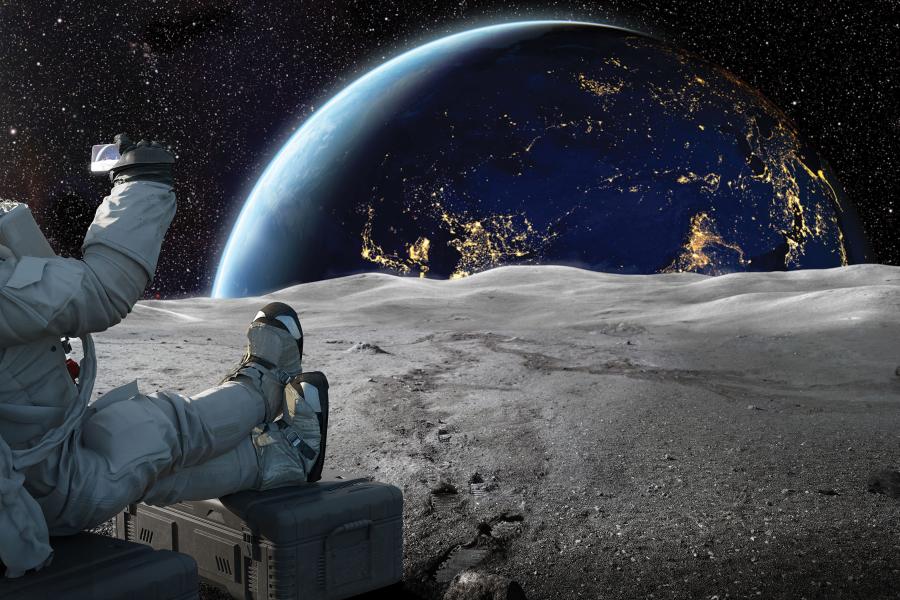The race to the Moon is back on, and this time, it’s not just about planting flags and collecting rocks.
In a move that paves the way for a future lunar society, the White House has directed NASA to develop a new time standard specifically for operations on and around the Moon. This new system, dubbed Coordinated Lunar Time (LTC), will address the limitations of using Earth-based timekeeping in the vast expanse of cislunar space.
Why Can’t We Just Use Earth Time on the Moon?

While Coordinated Universal Time (UTC), the time standard we use on Earth, might seem like a straightforward solution, the effects of relativity throw a wrench into the plan. Time, as it turns out, isn’t quite as constant as we might think. Due to the Moon’s weaker gravity compared to Earth, time actually runs ever so slightly slower on the lunar surface. This difference, though minuscule (amounting to a loss of about 58.7 microseconds per Earth day), can accumulate over time and lead to significant errors in navigation and other critical applications that require extreme precision. Imagine trying to land a spacecraft on a moving target – a recipe for disaster!
Setting the Standard for Lunar Time
The newly announced policy outlines four key features that LTC must possess:
- Harmony with Earth: LTC won’t be a completely independent system. It will be linked to UTC for consistency, ensuring a smooth transition between Earth and lunar operations.
- Precision Pioneering: High-precision navigation and scientific studies on the Moon demand an accurate time standard. LTC needs to be able to account for the minute time discrepancies caused by relativity to ensure pinpoint accuracy.
- Standing on its Own Feet: Imagine a critical mission where communication with Earth is disrupted. LTC must be robust enough to function independently even in such scenarios.
- Timeless Design: The ideal time standard shouldn’t be limited to the Moon. With humanity setting its sights on Mars and beyond, LTC needs to be adaptable for use in other celestial environments.
The specifics of how LTC will be implemented are still under development. However, the policy suggests a system similar to how terrestrial timekeeping works – a network of atomic clocks stationed on the Moon would tick away, providing the foundation for lunar timekeeping.
A Collaborative Moonshot
This focus on a lunar time standard reflects the growing complexity and international nature of lunar exploration endeavors. With NASA, private companies, and space agencies from around the globe all vying for a foothold on the Moon, a unified time standard is no longer a luxury, but a necessity. It ensures smooth collaboration, avoids potential safety hazards due to time discrepancies, and paves the way for a future lunar society that operates on a consistent timekeeping system.
The deadline for finalizing the LTC strategy is set for the end of 2026. This strategy will be incorporated into NASA’s Moon to Mars exploration plans and developed in collaboration with other government agencies, fostering a spirit of cooperation that is critical for humanity’s next giant leap in space exploration.
The Moon may soon boast its own clock, a testament to our collective ambition and a crucial step towards a future lunar society.



















